The great deserts of the world hold a compelling attraction for a rare breed of men who are ‘unwise and curiously planned’. Once under the spell of that seemingly infinite arena of sand and stone, many are helplessly hooked. It is an arena where the sun burns down relentlessly during the day, to be replaced at night by a hauntingly beautiful backdrop of brilliant stars. Where the moon shines with a light which softens the austere outline of rocks and hills and casts a diffused greyness over the desert sands.
This well-organised and beautifully produced book lists many of the men and women who have been hopelessly seduced by the desert’s spell; romantics, explorers, adventurers, solitaries and escapees — all victims of desert seduction — many who ‘travel for lust of knowing what should not be known’.
Neatly divided into areas of the world where vast deserts are found, the concise biographies of great explorers who were the first to venture on to the ‘desert’s dusty face’ are inserted into their respective areas. There are some wonderful quotations; from Wilfrid Blunt’s description of the Great Nafud Desert in Saudi Arabia as the colour of ‘rhubarb and magnesia’, to Lady Blunt’s assertion that ‘a Persian riding a camel is the most ridiculous sight in the world’. Blunt was the great uncle of Anthony Blunt, whose co-traitors included Kim, the son of another great Arabian explorer, Harry St John Philby. Spying was also an occupation of the extraordinary Gertrude Bell, who combined ‘high intelligence and political skill with archaeology and masculine vigour’.
There are 64 entries in all and many of the excellent photographs, maps and line drawings have come from the archives of the Royal Geographical Society.
In the Gobi there is Przhevalsky, who rode unflinchingly and imperiously through the harshest desert, where he discovered the wild horse and the wild camel. There is Sven Hedin, who filled in numerous blank spaces on the map, and Sir Marc Aurel Stein, who to one reviewer ‘had all the allure of an Edwardian chartered accountant’ and is known to the Chinese to this day as ‘the great robber’, yet became an outstanding desert archaeologist.
My personal fascination is with the Australian entries, Sturt, Stuart, Eyre, Warburton and Wills, whose achievements were quite outstanding in the face of horrific conditions. ‘We were attacked with swollen and ulcerated gums, violent headaches, pains in the limbs . . .’ wrote Charles Sturt. And Peter Egerton Warburton experienced ‘fly-blown camels whose sores had to be emptied in a pint pot . . .’
McDuall Stuart, the first man to trek from Darwin to Adelaide, lost not a man on his gruelling expeditions; and Edward John Eyre had an enlightened view of the Aborigines: ‘It is most lamentable to think the progress and prosperity of one race should be the downfall of another.’
Sandstorms and camels are a common theme for most of these explorers. During one storm, Lady Blunt wrote, ‘The camels all huddled for protection,with their long necks stretched out and heads low, tags and ropes flying . . . all seen through the yellow haze of sand.’
As for the Bactrian camel: ‘It is a slow heavy beast, but with muscles like steel and amazing powers of endurance which carry it through extremes of heat, cold, hunger and thirst such as no other beast of burden could stand,’ wrote Mildred Cable.
‘The desert is the breathing space of the world, and therein one truly lives and breathes,’ wrote the archaeologist Arthur Weigall.
This book is a fine tribute to those who ventured into and were seduced by the clean, breathing spaces of the world.
Got something to add? Join the discussion and comment below.
Get 10 issues for just $10
Subscribe to The Spectator Australia today for the next 10 magazine issues, plus full online access, for just $10.
You might disagree with half of it, but you’ll enjoy reading all of it. Try your first month for free, then just $2 a week for the remainder of your first year.

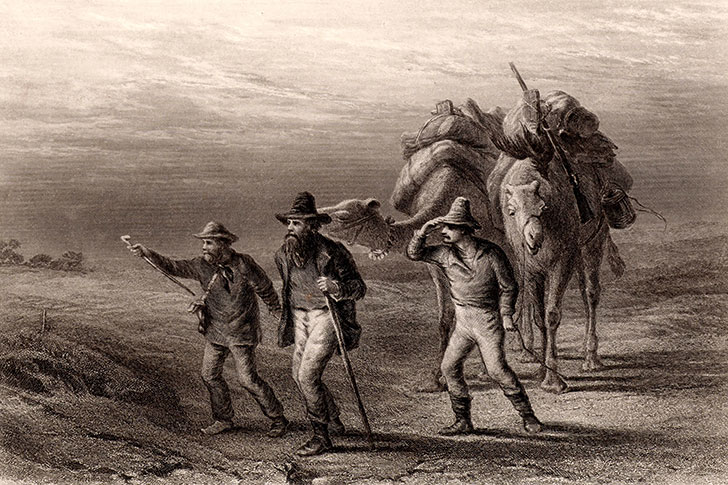
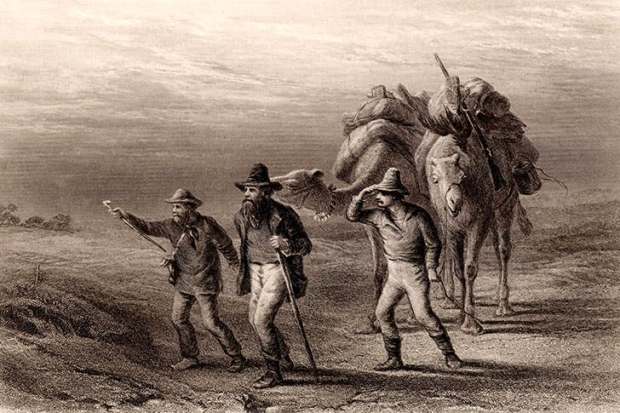
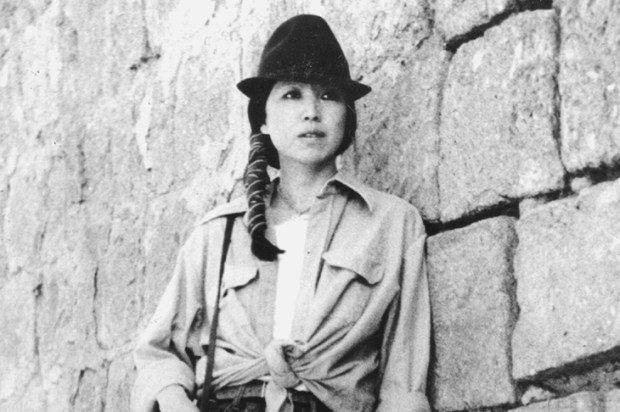

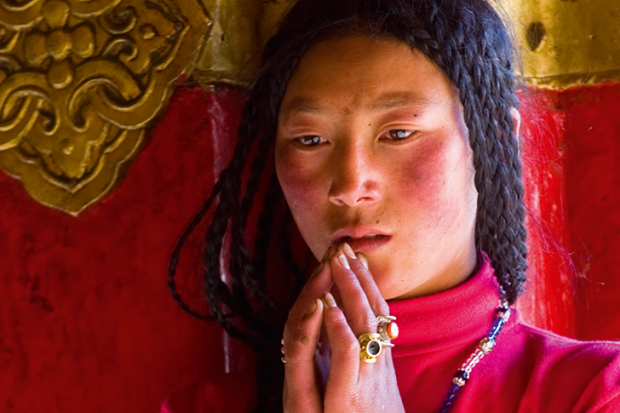
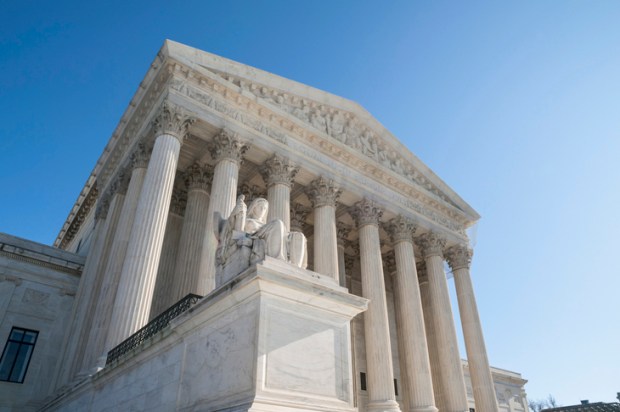







Comments
Don't miss out
Join the conversation with other Spectator Australia readers. Subscribe to leave a comment.
SUBSCRIBEAlready a subscriber? Log in